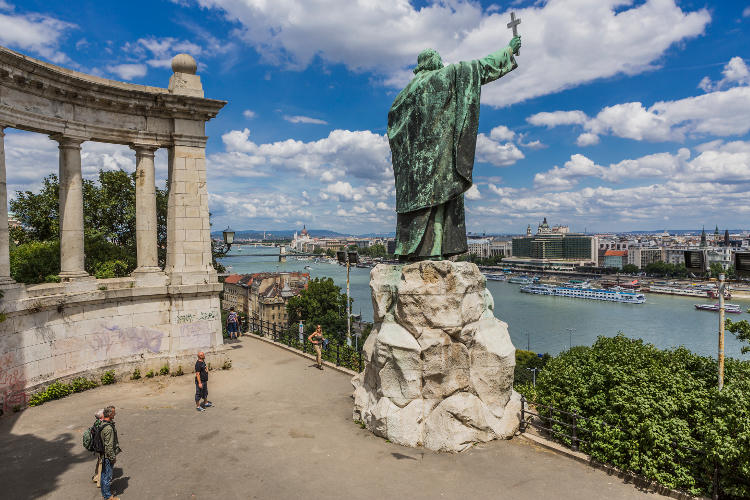
The Citadella, the mighty fortress atop Gellért Hill which never did battle, is currently closed to the public, but the Liberty Monument, the lovely lady with a palm frond in her outstretched arms, proclaiming freedom throughout the city, still stands guard on Gellért Hill and the million-dollar views of the Royal Palace on Castle Hill, the Parliament and the Danube River cost nothing.
This green oasis in the middle of the Danube boasts a couple of large swimming complexes, a thermal spa, gardens and shaded walkways and is a delightful place to head on a hot afternoon. Even better, its key sights — the ruins of a Franciscan church and monastery, a Dominican convent with the grave of St Margaret and the 12th-century Romanesque Premonstratensian church dedicated to St Michael are all open to the public free of charge.
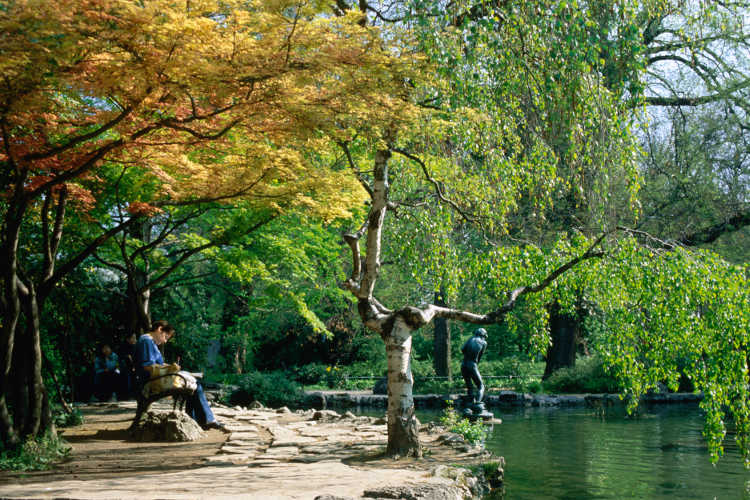
The ‘Great Market’ is Budapest’s biggest food market. Though it has been attracting a lot more tourists since its renovation almost a decade ago, plenty of locals come here for fruit, vegetables, deli items, fish and meat. Good deals (at a fraction of what they would cost on nearby Váci utca) include shrink-wrapped and potted foie gras and goose-liver pâté, dried mushrooms, garlands of dried paprika and bags and tins of paprika powder. Head upstairs for Hungarian folk costumes, dolls, painted eggs, embroidered tablecloths and carved hunting knives.
Pest’s green lung, City Park is an open space to the east measuring almost a square kilometre. Most of its numerous attractions, including museums, galleries, the Capital Circus of Budapest, Budapest Zoo and the Széchenyi Baths, charge an entry fee. But you are free to stroll along the park’s shady paths, past important monuments like that of a hooded Anonymous, the nameless unknown chronicler at the 12th-century court who wrote a history of the early Magyars. The unofficial entrance to the park is Heroes’ Square, the city’s largest, with its landmark Millenary Monument (1896), marking the 1000th anniversary of the Magyar conquest of the Carpathian Basin.
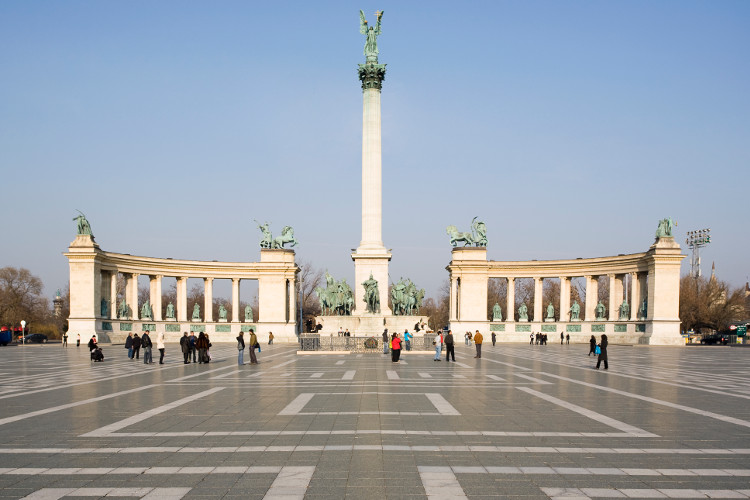
The Basilica of St Stephen is the most important Catholic church in all of Hungary. You have to pay to visit the treasury of ecclesiastical objects on the 2nd floor and ascend two lifts and 40 steps to the 96m-high dome, which offers some of the best views in the city, but the church proper doesn’t change an entry fee. Your destination should be the Holy Right Chapel behind the main altar and to the left. It contains the Holy Right (also known as the Holy Dexter), the mummified right hand of St Stephen and an object of great devotion.
You really can’t say you’ve visited Budapest until you make your way up to Castle Hill. The Sikló funicular from Clark Ádám tér and the elevator from Dózsa György tér, which will whisk you up to the National Széchenyi Library, both charge a fee. Instead, walk up the Royal Steps (Király lépcső) which lead northwest from Clark Ádám tér, or the wide staircase which goes to the southern end of the Royal Palace from Szarvas tér. While you need a ticket for the museums housed inside the Royal Palace, you can stroll around its grounds and gardens for free, enjoying the wonderful monuments and the awesome views.
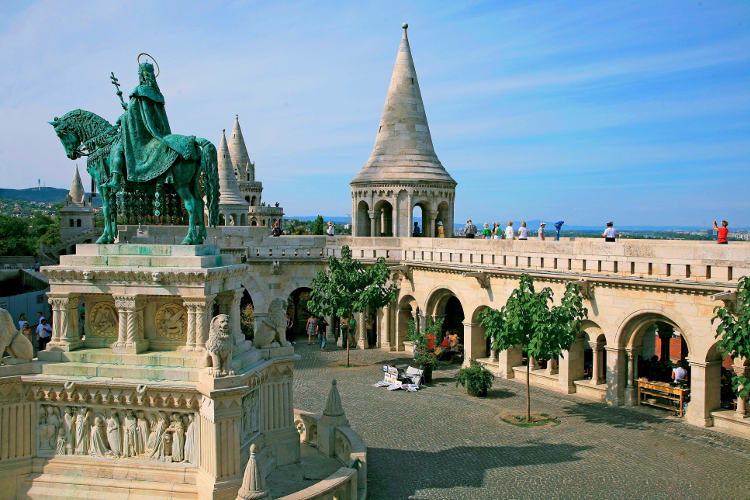
If you like London’s Highgate Cemetery or Père Lachaise in Paris, make your way to this over-the-top necropolis. Established in 1847, some of the 3000 gravestones and mausoleums are worthy of a pharaoh – especially those of statesmen and national heroes such as Lajos Kossuth and Ferenc Deák. Other tombs are quite moving, including those of actress Lujza Blaha and poet Endre Ady. Here you’ll also find the graves of many who died in the 1956 Uprising and, uncomfortably close, the final resting place of communist leader János Kádár.
The Buda Hills are the city’s playground, and they’re a welcome respite from hot, dusty Pest in the warmer months. There aren’t many real sights here (excluding the Béla Bartók Memorial House) but with ‘peaks’ exceeding 500m, a comprehensive system of trails and no lack of unusual modes of transport to get you there and around should you want to spend a few forints, the hills beckon. The trails are easy to follow but if you feel somewhat more ambitious, get a copy of the 1:25,000-scale Budai-hegység (Buda Hills) guide map (2999Ft), which will take you to places even this writer hasn’t been to.
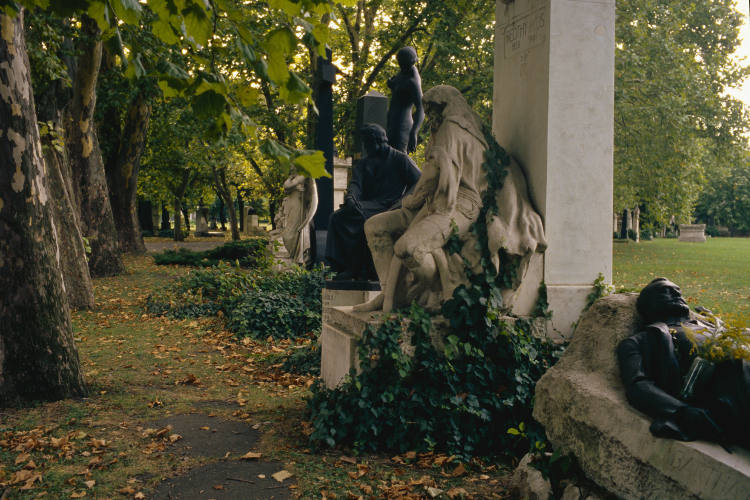
The northernmost place of pilgrimage for Muslims (especially from Turkey), this ornate tomb and mosque is free to visitors of all faiths. The tomb contains the mortal remains of Gül Baba, an Ottoman dervish who took part in the capture of Buda in 1541. His name means ‘Father of Roses’ in Turkish and he is credited with introducing that flower into Europe from Turkey. Make sure you remove your shoes before entering. To reach it from Török utca, which runs parallel to long Frankel Leó út on the Buda side, walk up steep Gül Baba utca to the set of steps just past the building at No 16.
The Romans settled and then established the province of Pannonia at the beginning of the 1st century. Reminders of their presence are scattered throughout the city and include remains of the fortress Contra Aquincum in Március 15 tér in Pest, and both the Roman Military Amphitheatre and the smaller Roman Civilian Amphitheatre in Óbuda. The latter is close to Aquincum, the capital of Pannonia Inferior from AD 106. It’s the most complete Roman civilian town in Hungary and contains both a world-class museum and an open-air archaeological park. There’s an entrance fee (adult/student 1600/800Ft) but if you just want a glimpse of the settlement and the outlines of its big public baths, market, an early Christian church and a temple dedicated to the god Mithra, most of it is visible from the street outside.